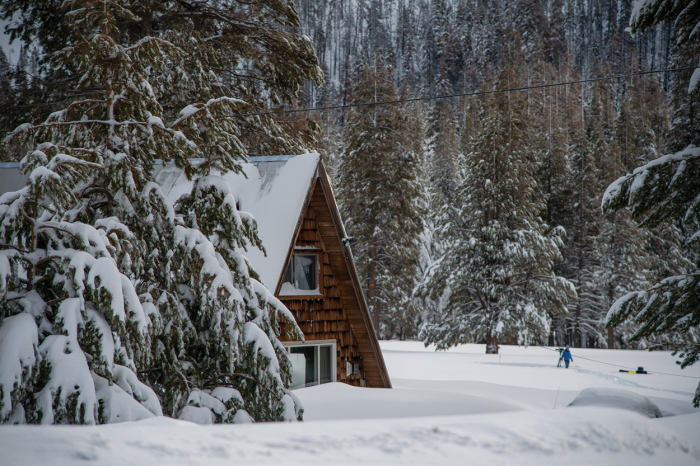
The December storms added to the Sierra snowpack on which the state depends for about 30% of its water supply, but California remains in a drought, according to the state Department of Water Resources (DWR).
The first DWR snow survey of the season at Phillips Station, just west of Lake Tahoe, on December 30, 2021 recorded 78.5 inches of snow depth and a snow water equivalent of 20 inches, 202% of average to the location on that date.
The snow water equivalent measures the amount of water in the snowpack and is a key component of the DWR water supply forecast. Statewide, the snowpack was 160% of average for the date, DWR reported. (As of January 5, the statewide snowpack was 147% of average for the date.)
DWR officials pointed out that California needs more storms and average temperatures in the winter and spring to refill major reservoirs. Moreover, a wet start doesn’t necessarily mean the water year will end up with above average precipitation.
Significant precipitation is needed in January and February to generate enough runoff to make up for the previous two winters that were the state’s fifth- and second-driest water years on record, according to DWR.
Wet Decembers have been followed by dry spells in the past. DWR noted that last winter, the snowpack runoff was a disappointment due to high temperatures, dry soil and evaporation. In 2013, the wet December was followed by a dry January and February, and the year was the driest on record, contributing to the record-breaking drought.

